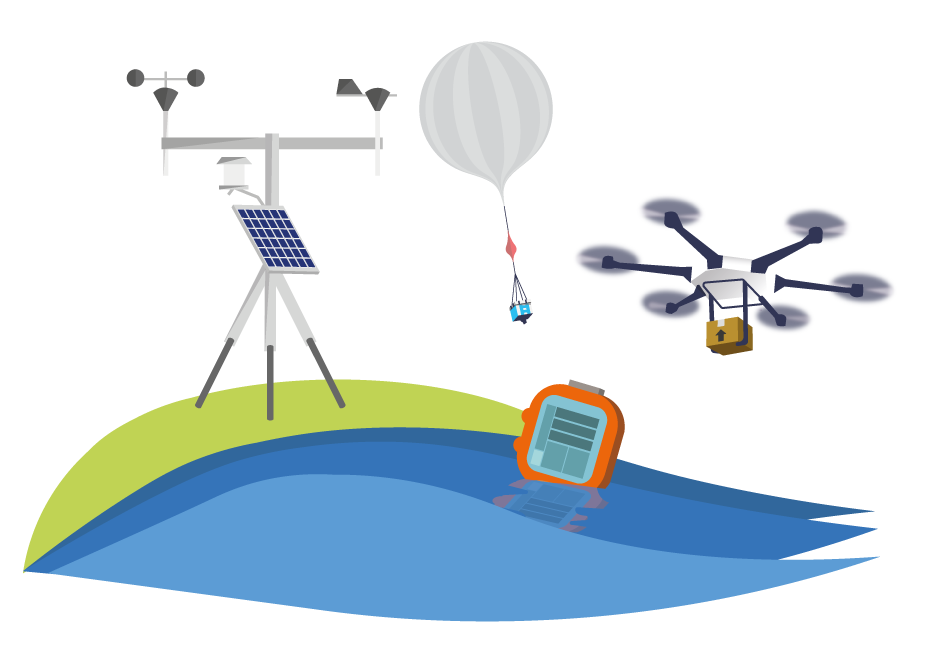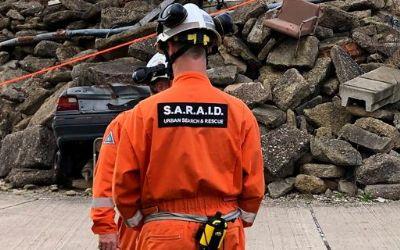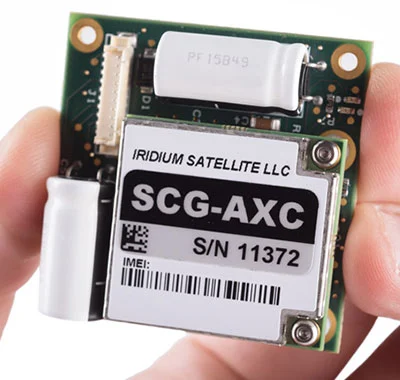Unsurprisingly, we’re now also seeing an increase in the creation of more large-scale photovoltaic (PV) farms, as big players such as Google and Apple compete for the ‘renewable energy crown’. Facebook and Amazon have committed to using 100% renewable energy by 2020. As such, development is now focused on much larger PV schemes to help companies meet their sustainability targets.
The Winds of Change
The Wireless Innovation (now trading as Ground Control) team have supplied satellite and cellular communications to the renewable energy market for many years for wind and solar resource assessment campaigns, array monitoring, and SCADA data.
As wireless communications supplier to the four leading global data logging and data acquisition companies, our clients rely on us to provide the wireless backhaul for their sophisticated measurement campaigns with bespoke cellular, satellite, and hybrid solutions. Once a potential site is identified and an initial desktop survey determines that the site is viable, we supply the communications for the measurement campaign that determines the exact resources available.
We currently deploy communications equipment and airtime to renewable energy sites in over 100 countries, on more than 3,000 sites. Our biggest market is the USA, followed by Europe and the UK, and we’re seeing strong growth in emerging markets like South America. Whereas previously we’ve undertaken a fairly even balance of wind and solar projects, offshore wind projects are increasing significantly, particularly in the UK, as it takes the global lead in this area.
Offshore Renewables Projects
Offshore wind is already a UK success story. We’ve installed more capacity than any other country and offshore wind farms are becoming the backbone of the UK’s energy network. The long-awaited UK Offshore Wind Sector Deal, announced by the government on March 7 2019, is a game-changer for the UK and will see offshore wind go from strength to strength and, in the foreseeable future, dominate the clean-energy landscape.
When operating far offshore, beyond cellular reception and before any fiber optic cables are laid or available, the only way to reliably and securely communicate back to shore is via satellite. As we’re not tied to any particular network, we can create tailored, end-to-end solutions with a robust and secure communication infrastructure, to cover all offshore requirements for both data and voice. For mission-critical data, which often includes SCADA, we use a totally private and secure satellite network service called TSAT, or SCADASat. Wireless Innovation (now trading as Ground Control) is TSAT’s exclusive partner in the UK, so this ‘bullet-proof’ communication channel is available only to our clients.
Any Way the Wind Blows
When measuring the commercial viability of wind plants, clients usually require a minimum of 12 months of measurements for a serious large-scale project, with continuous measurements throughout that period. This gives our clients a good representation of the wind speed and directions over the entire year, as it varies greatly from season to season. Further monitoring is needed when a site passes the energy yield assessment and once the Wind Turbines have been installed. Once the plant has been constructed, key components still need to be measured around the clock in order to ensure that a wind farm is operating at maximum efficiency.
The Future of Renewables Data
Climate change concerns and global pressure to reduce CO2 emissions continue to drive an enormous shift towards renewable energy production. We’re seeing a huge increase in the number of companies seeking more innovative, secure, and cost-effective solutions to overcome the challenges of wireless backhaul for renewable source monitoring. It’s an exciting time to be working in renewables data.
Projects are varied from creating solutions for wind power ramp events, energy storage, integrating distributed data systems and assessment data in remote locations to providing a satellite failover for continuity in the event of natural disasters. Our work is not only having a positive impact in our clients’ businesses, it’s also contributing to global efforts to protect the environment.





